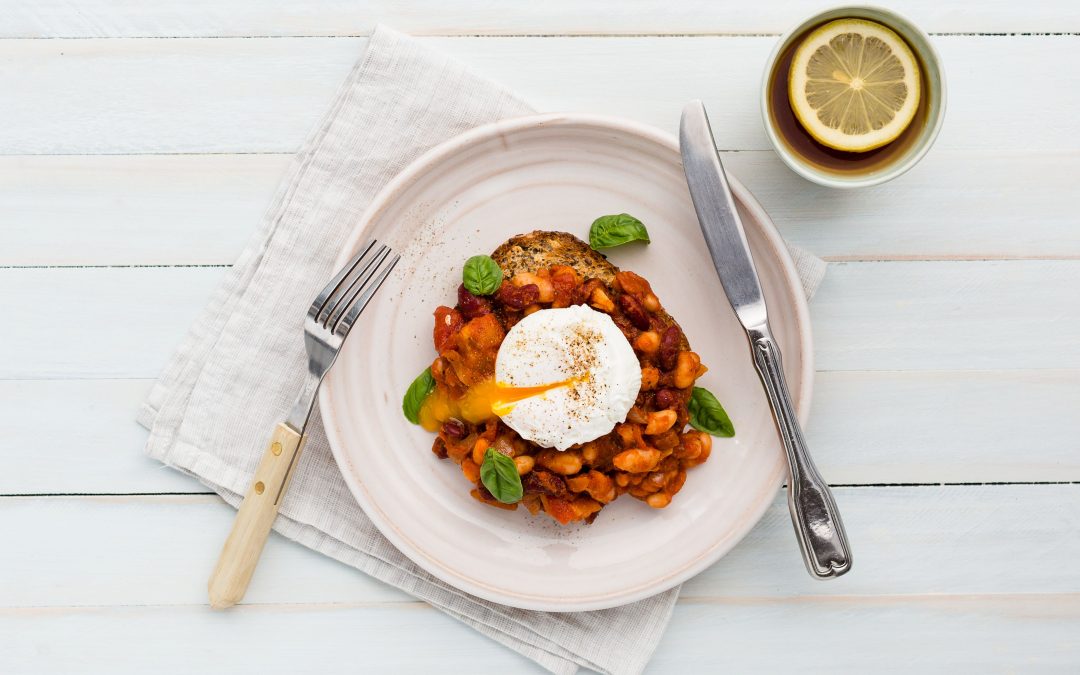Our Gourmet Chef Amber ‘Agria’ divulges her top tips for cooking your venison medallions – featured in Nadia’s Seared Venison Medallions recipe in our My Local Kitchen series – so you make the most of this premium protein.

Venison is known for its leanness, deep colour and rich flavour, making it a favourite when it comes to red meats. But how should you cook it so you get the most out of this mouth-watering premium protein? Our Gourmet Chef Amber ‘Agria’ is here to help!
Don’t cook it cold
Make sure not to cook your venison medallions straight from the fridge. They should be at room temperature when you are ready to cook them. Take them out of the fridge about 30 minutes before cooking. Venison is best served medium rare so if it’s cold from the fridge this will be harder to achieve.
Add some fat, then cook it quick
Get the pan nice and hot and then add oil. Then, add a knob of butter – venison is very lean, so it is good to add some fat to the pan and baste the venison a few times during cooking. Tilt the pan and use a dessert spoon to scoop up some of the melted butter and baste the venison.
You also want the pan to be nice and hot when you add the venison, so it cooks and browns quickly on the outside and doesn’t stew. You run the risk of it overcooking if the pan is not hot enough. The pan should be so hot you should be able to see the heat coming off it.
Let it rest
Remove your venison from the pan and leave it to rest for at least half the amount of cook time. When cooking venison, the heat causes the fibres in the meat to clench up. Resting will help relax the meat and ensure the juices are evenly distributed throughout the meat. It is also important to note that your venison will keep cooking when removed from the pan, so it’s best to slightly undercook it for perfection.
Slice it right
Always cut your meat against the grain. How do you do this? Pick your venison up and study which way the muscle fibres are traveling. You want to slice the venison the opposite way to these – easy! Cutting against the grains shortens the muscle fibres resulting in a tender piece of meat. Check out our handy pictures if you get a bit stuck!





